Before you use WD-40 to clean your headlights, you need to know if any damage will occur.
The answer is yes! WD40 can clean your foggy headlines in case of an emergency, but continuous use of this chemical will do more harm than good over time.
Repeated use of this powerful chemical can cause the oil and chemicals to leak into your actual headlight bulb, which will make them blur or burn out.
That’s why we don’t recommend that you get used to applying WD40 over and over again. Only use it in an emergency and search for a more stable and permanent solution.
What’s WD40

WD-40 refers to water displacement, the 40th formula. It is the go-to product for most Americans and helps to remove stubborn rust or lubricating squeaky door jams. The product has over 2000 uses nowadays and cleaning your car’s headlights fits nicely among them.
However, WD40 is not a permanent fix for your foggy headlights. The water-displacing spray
will make your headlights clean for a couple of weeks and you’ll need to reapply WD40 to clean your headlights. This is more like an emergency solution until you find a permanent fix.
How To Clean Headlights With WD40
Tools needed
- Masking tape
- Garden hose
- Baking soda (optional)
- WD40
- Clean damp cloth
- Soap water
- Microfiber towel
- Glass cleaner (optional)
Steps
Step 1: Clean the lights
Create a frame around the headlight to make sure the WD40 doesn’t come in contact with the metal or anything else. Use masking tape to create the frame before you start working.
Now, clean the headlights before applying anything. This will help to get rid of the layer of dirt, grime, and chemicals that may permanently damage the surface of the headlights.
Use soap water for better results. Pressurized water from your garden hose will also work.
Step 2: Apply WD40
Apply a generous amount of WD40 over your headlight. You can directly spray the chemical and wait for a couple of minutes, or spray it over a piece of cloth/towel and work it into your headlights.
You can also mix the WD40 with baking soda to create a paste and apply that paste over your headlights. You’ll need to apply and rub the paste over the headlights for a couple of minutes.
Step 3: Polish the headlights
It’s time to polish the headlights. Use a uniform, small circular motion to spread the WD40 across the whole surface of the headlight.
If you spray WD40 directly, you’ll be able to see the outcome right away.
In case you are using the WD40 and baking soda mixture, rub the paste over the light for 5-6 minutes and you’re good to go.
Now, clean the headlight again with soap water to get rid of any chemicals and oil that may harm the lights.
Step 4: Repeat
Repeat the cycle of cleaning, applying WD40, waiting, and polishing all over 2-3 times to get the best result. Wipe the surface meticulously to make sure you leave no space untouched.
Clean both headlights using the same technique. You should end up with headlights that look as clear as the brand new ones.
Step 5: Clean again
Lastly, clean the headlights with soap water again to get rid of any excess chemicals or oils that can harm the headlights.
Once the headlight is clean, rub off the water using a dry microfiber towel and remove all the masking tapes.
You can also apply a layer of glass cleaner on top of the headlights once you are done. Clean the access glass cleaner with a towel or soft piece of cloth.
This will make your headlights glossy like brand new headlights.
The process is complete and you have clear and clean headlights once again. However, don’t forget that using WD40 is not a permanent fix. The lights will turn foggy again in a couple of days or weeks.
WD40 is merely an emergency solution so your driving safety doesn’t get compromised. Look for a more permanent solution as the WD40 continues to make your headlights shine like new ones.
Why Do Headlights Become Foggy

Oxidization
Modern-day headlights are primarily made from plastic (polycarbonate), which is prone to oxidization. When exposed to oxygen, the plastic deteriorates and creates a yellowish tint over your headlights.
Once the protective layer of coating gets worn by the UV rays, oxygen from the environment comes in contact with the plastic’s surface and oxidizes it, turning it into a yellow piece of junk.
Condensation
Another cause of your headlight becoming dimmer over time can be the condensation of water between the layers of coating.
The lights are protected with a watertight seal but the seal will weaken over time and water will even reach areas that you can’t.
This will seriously harm your safety and riding experience. The headlights will glow dimmer and the visibility will reduce greatly, making your car unfit for the road.
Road Debris
When you cruise your car over high speed, the headlights come in contact with flying debris, gravel, stones, and road salts.
They may look innocent at first glance but they’ll pack a serious punch since your car is moving to them at a great speed.
As a result, the continuous clashing can wear down the top coat of your headlights over time and make the lights foggy or yellowish.
Chemicals
This might come to you as a surprise, but even the chemicals from the car cleaning/polishing products you use can eventually turn your headlights into a yellowish foggy mess. The chemicals build up over time and dissolve the top protective coating.
Consequently, the surface of the headlights gets exposed to UV and starts deteriorating.
Dirt Build Up
The more you drive your car, the more dirt comes in contact with your headlights. This might be true that the clear topcoat will provide some protection against it but the topcoat will weaken over time, exposing the lights to the dirt.
The uneven spread of the dirt molecules will create the foggy haze on your headlights that you despise.
The light coming out of your headlights will get refracted beyond control and that can pose a serious threat to your road safety since it will reduce your visibility.
Pros and Cons of Using wd40 on Your Headlights
Pros
- Easy to use
- Easily available
- Cheaper than most other options
- Effective in cleaning dry stains
- Doesn’t damage the headlights
Cons
- Not a permanent solution
- Can cause damage if not used correctly
- Can’t be used over all kinds of surfaces
Tips to Keep Your Headlights Clear
- Apply and maintain a clear topcoat
- Clean your headlights regularly (every 2-3 months)
- Avoid car wash tunnels, the rollers aren’t good for your headlights
- Avoid strong and harsh chemicals
- Try to park your car in the shades, away from direct sunlight
- Don’t abuse the polishing of your headlights
- Clean your headlights before any kind of polishing
FAQs
1. Does WD-40 Clean Plastic Headlights?
Ans: Yes. Most modern car headlights are made from polycarbonate, a special kind of plastic, and WD40 is proven to work on them.
However, WD40 isn’t a permanent solution since the headlights will turn foggy again in a couple of weeks.
2. Is WD-40 flammable when dry?
Ans: Yes. The main components of WD40 are petrochemical distillates. The liquid is technically flammable (combustible) and burns with little smoke or heat. The ignition point of WD-40 is 47° C or 116.6° F.
3. What was WD-40 originally made for?
Ans: The 40th formula of water displacement technology (WD40) is a combination of a number of hydrocarbons and was primarily made to protect the outside of the Atlas missile from rust and corrosion. However, this versatile liquid has over 2000 documented uses nowadays.
4. Is WD-40 volatile?
Ans: Yes. the liquid hydrocarbon mixture is a petroleum-based volatile solvent. The liquid showcases the characteristics of both a solvent and a lubricant. When it evaporates, the chemicals leave behind a lubricant that cleans and protects the surface.
5. Can WD40 be used to clean foggy headlights?
Ans: Yes. WD40, also known as “the miracle worker” across American households, can be used for over 2000 different uses. Fortunately for you, cleaning your foggy headlights is on the list.


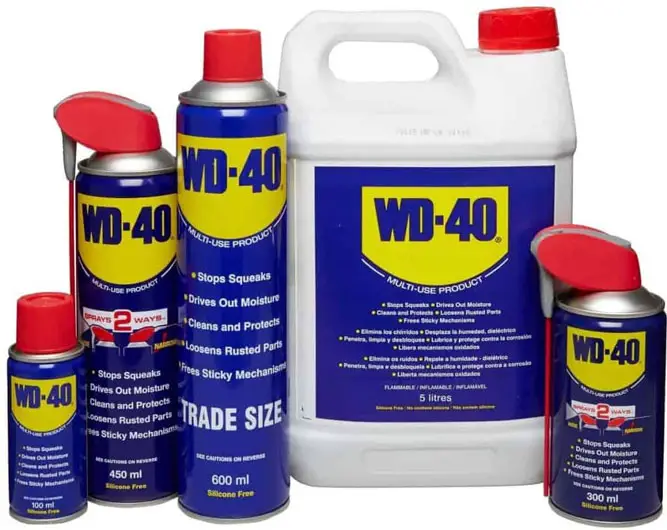


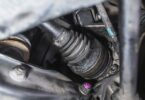
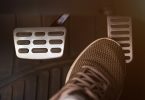
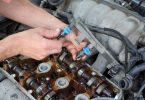
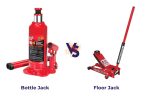

Leave a Comment